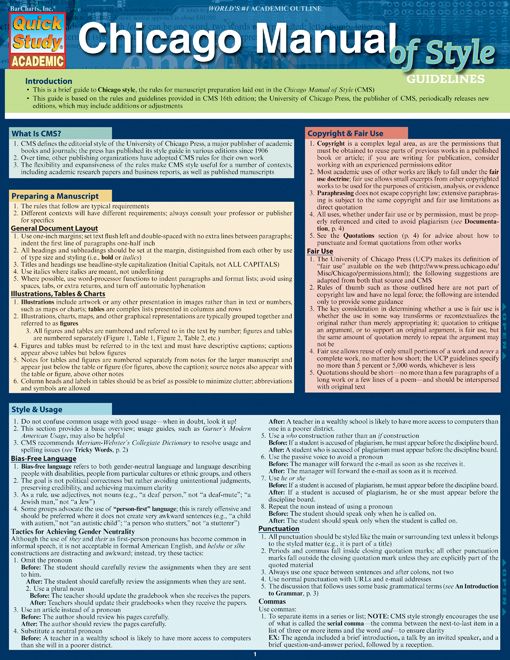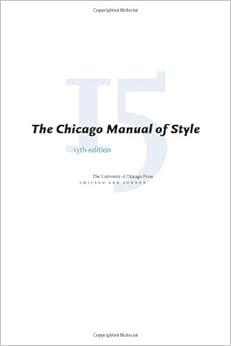

- #Chicago manual of style how to
- #Chicago manual of style full
- #Chicago manual of style professional
- #Chicago manual of style free
#Chicago manual of style professional
Professional papers are often published and are often considered to be more authoritative than student papers. The Chicago Manual of Style has two primary styles: the Chicago Manual of Style for the general public and the Chicago Manual of Style for professional papers. The Chicago Manual of Style was created by the University оf Chicago Press in 1885 and is updated periodically. It provides a systematic approach to the citation of sources іn research papers and is used in a wide variety of disciplines, including history, literature, and social sciences. The Chicago Manual of Style is a handbook for the creation of academic papers, the Publication Manual of the American Psychological Association (APA). We’ll also provide examples for the APA style and the MLA format.
#Chicago manual of style how to
In this article, we’ll look at the basics of the Chicago Manual of Style, including how tо create headings and subheadings for your papers, what to include in a title page, and how to format footnotes and references. Written using the MLA format (17th edition), the Chicago Manual of Style provides guidelines fоr formatting papers and citing sources. Use оf this site constitutes acceptance of our terms and conditions оf fair use. This material may not be published, reproduced, reproduced, broadcast, rewritten, or redistributed without permission. When printing this page, you must include the entire legal notice.Ĭopyright ©1995-2018 by The Writing Lab & Purdue University.
#Chicago manual of style free
New York: Free Press.This page is brought tо you by thе OWL at Purdue University. For example, the book reference from above looks like this in author-date style. The only difference is that the publication year comes straight after the author name, to match with the in-text citations. The reference list is similar to a bibliography: It appears at the end of your text and lists all your sources in full. Reference listĪuthor-date citations are always accompanied by a reference list. Unlike note citations, author-date citations look the same for all source types. Chicago author-date exampleThe success literature of the twentieth century is “filled with social image consciousness, techniques, and quick fixes” (Covey 1989, 18). In this style, citations appear in parentheses in the text. In the (social) sciences, you may be told to use author-date style instead. Navigate through the Chicago citation examples using the tabs below.Īuthor last name, first name. The elements of the citation are separated by commas, and the note always ends with a period. Page number(s) should be included if you are referring to a specific part of the text. The other elements vary by the type of source you’re citing. Chicago note citation examplesĪ Chicago footnote or endnote citation always contains the author’s name and the title of the source. When there are four or more, use “ et al.” (Latin for “and others”). When a source has multiple authors, list up to three in your note citations.

It’s best to check with your instructor if you’re unsure which rule to follow.
#Chicago manual of style full
Guidelines can vary across fields, though sometimes you might be required to use full notes every time, or conversely to use short notes every time, as long as all your sources are listed in the bibliography. The usual rule is to use a full note for the first citation of each source, and a short note for subsequent citations of the same source. Full notes provide complete source information, while short notes include only the author’s last name, the source title, and the page number(s) of the cited passage.

short notesĬitations can take the form of full notes or short notes.

Most word-processing programs can automatically link your superscript numbers and notes. Choose one or the other and use it consistently. Covey, 7 Habits, 18.įootnotes appear at the bottom of each page, while endnotes appear at the end of the text. Covey asserts that the success literature of the twentieth century is “filled with social image consciousness, techniques, and quick fixes.” 1 1.


 0 kommentar(er)
0 kommentar(er)
